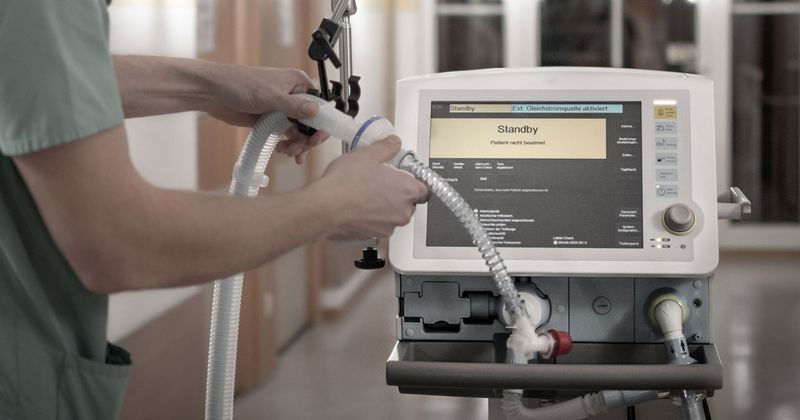Insights on ventilation management, clinical outcomes in COVID-19
During the first month of the COVID-19 outbreak in the Netherlands, there was broad use of lung-protective ventilation with low tidal volume and low driving pressure and prone positioning, according to results of the PRoVENT-COVID study.
“[This report] provides information on ventilation practice in these patients, which can be used to improve local practices,” Michela Botta, MD, of the department of intensive care at Amsterdam University Medical Center, the Netherlands, and colleagues wrote in The Lancet Respiratory Medicine. “This information could aid the understanding of potential differences in ventilatory practices and different outcomes in reports of patients with COVID-19.”

The national, multicenter, retrospective, observational cohort study included 553 patients aged at least 18 years who received invasive ventilation for COVID-19 at 18 ICUs in the Netherlands from March to April. Patient-centered outcomes included ventilator-free days at day 28 of the study, mortality and duration of ventilation, and ICU and hospital stay.
The primary outcomes were tidal volume, positive end-expiratory pressure, respiratory system compliance and driving pressure during the first 4 days of ventilation. Secondary outcomes included use of adjunctive treatments for refractory hypoxemia and ICU complications.
Researchers reported a median tidal volume of 6.3 mL/kg predicted body weight, PEEP of 14 cm H2O and driving pressure of 14 cm H2O during the first 4 days of ventilation. The median respiratory system compliance was 31.9 mL/cm H2O.
Prone positioning was used in 53% of patients during the first 4 days of ventilation.
At day 28, the median number of ventilator-free days was 0 and 186 (35%) patients died. Sex, age, tidal volume, respiratory system compliance, arterial pH and heart rate on the first day of invasive ventilation were predictors of 28-day mortality in this cohort, according to the researchers.
“The data presented here could function as a basis for new hypotheses and sample size calculations for future trials of invasive ventilation in patients with COVID-19,” the researchers wrote. “Additionally, our finding that respiratory system compliance and tidal volume affect major outcomes has implications for the understanding of differences in outcomes in the cohorts of patients with COVID-19 that have been reported and will be reported in the near future.”

